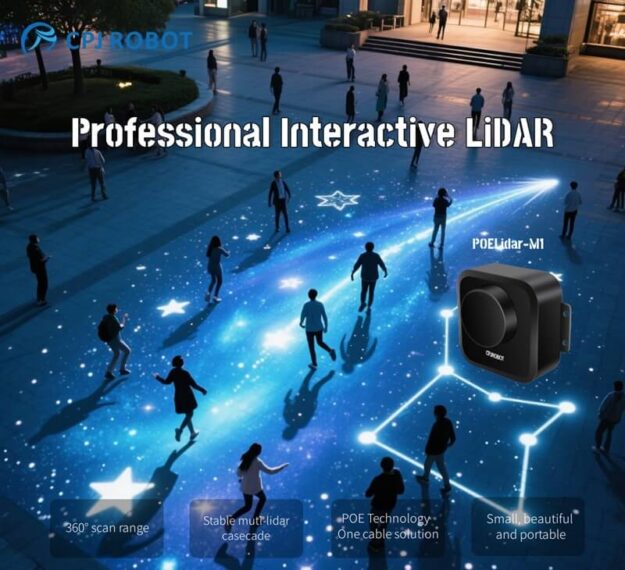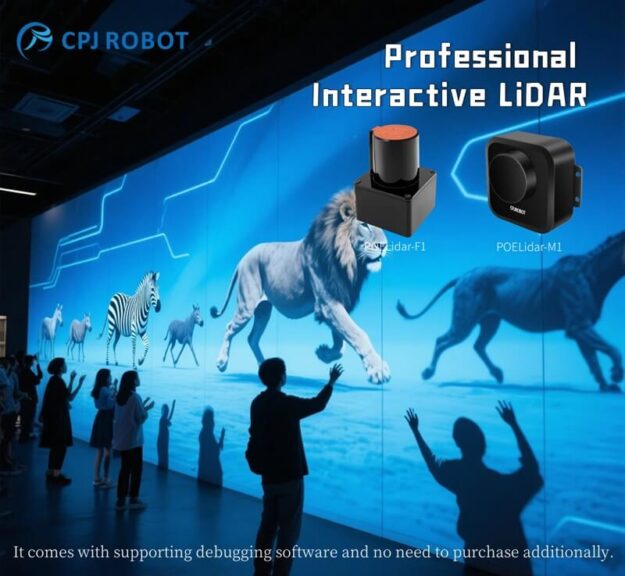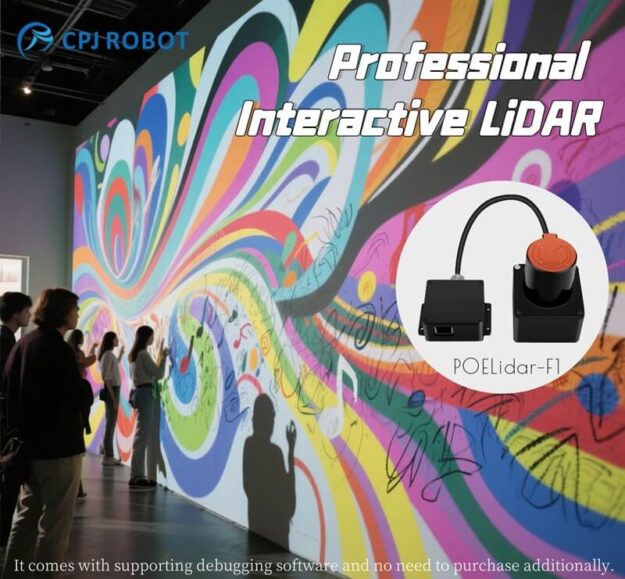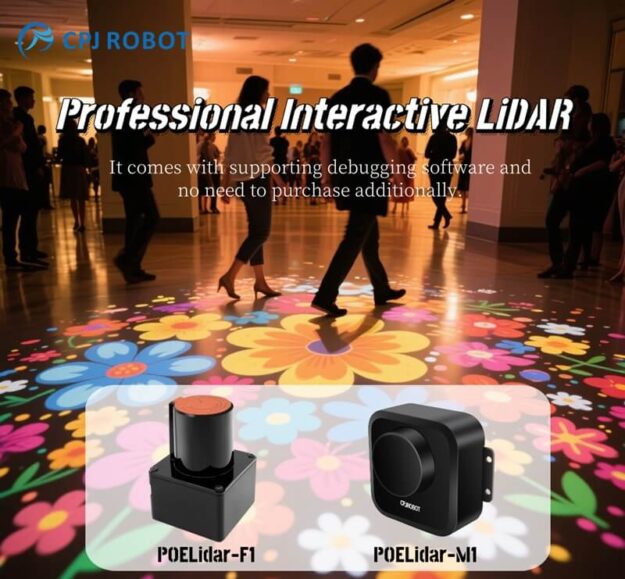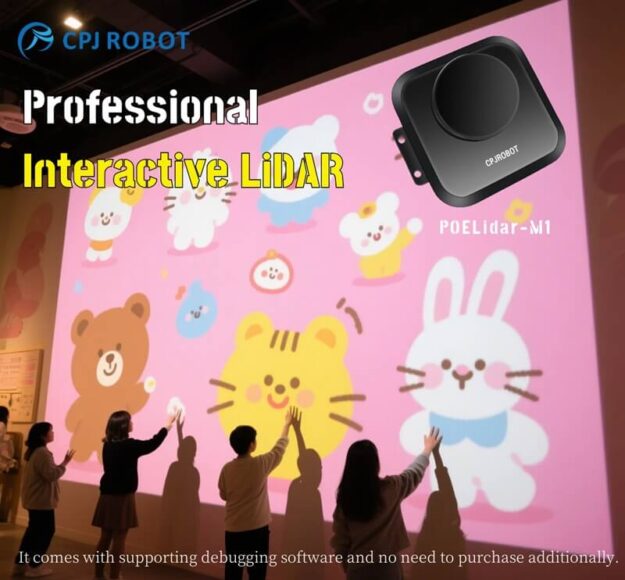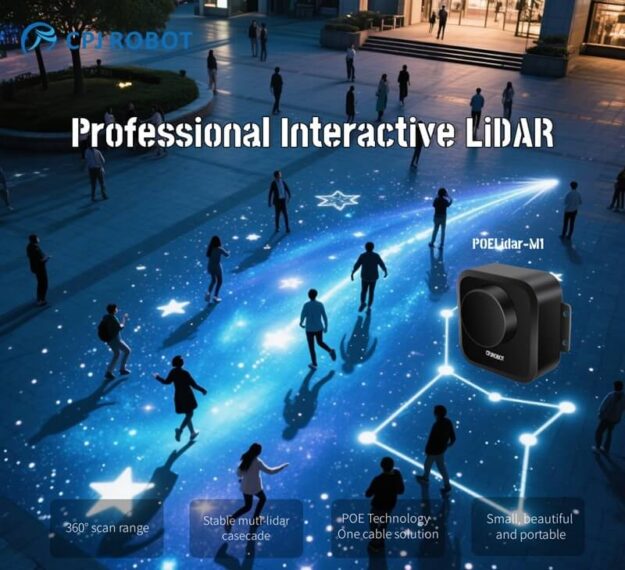How LiDAR Technology Captures Complex Gestures to Enable More Natural Interaction
Introduction In the era of touchless technology, natural human-computer interaction (HCI) is more important than ever. From smart homes to public displays and robotics, users expect intuitive interfaces that respond to nuanced gestures. LiDAR-based gesture recognition systems are revolutionizing the way we interact—by replacing physical touch with invisible precision. This article explains how advanced LiDAR…

